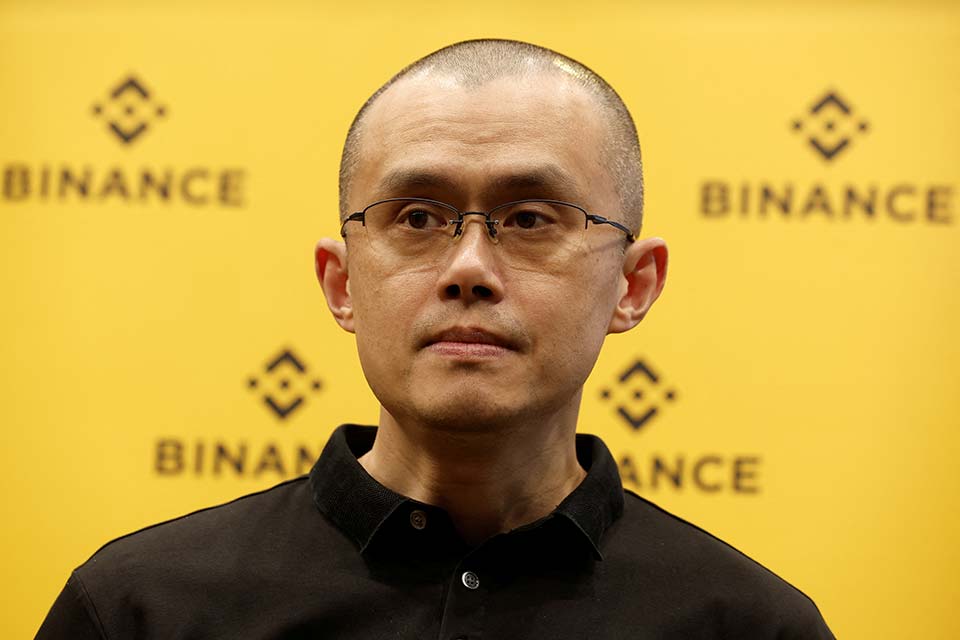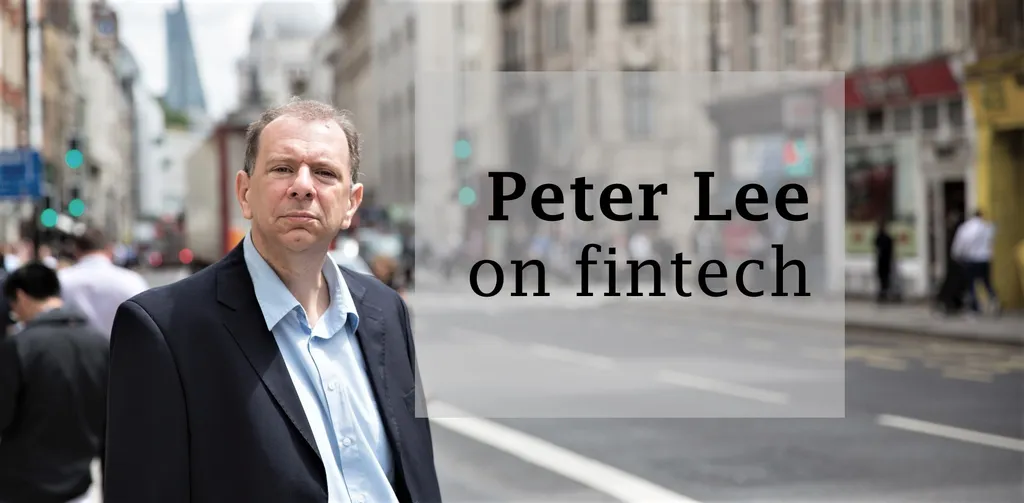Things move fast in crypto.
One week ago, Sam Bankman-Fried, founder and chief executive of cryptocurrency exchange FTX, looked like the big winner from this year’s crypto-collapse. The rout began in the spring with the precipitous fall of the Luna token and saw the failure over the summer of various crypto lenders and hedge funds, notably Celsius Network.
Strengthened by a $400 million capital raise in January led by SoftBank that put a $32 billion valuation on FTX, Bankman-Fried, who had only founded the company in 2019, was able to rescue the remnants of some of these firms. FTX provided a $250 million line of credit to lender BlockFi. Bankman-Fried’s other venture, the principal trading firm Alameda Research, committed a larger financing to shore up Voyager Digital.
FTX is fine. Assets are fine
Sam Bankman-Fried, FTX. Photo: Reuters

There is no lender of last resort in crypto, no central bank to prevent liquidity shortages turning into insolvency. In the absence of such, Bankman-Fried looked like something of a saviour. FTX was the safe one among the crypto horde. It had money, and Bankman-Fried was the sensible one, acting a little like Warren Buffett in the financial crisis.
He was having fun as well, sitting in his grey shorts and T-shirts next to besuited former presidents and prime ministers now shilling for crypto at his own conference in the Bahamas. He had relocated FTX there from Hong Kong in recognition of its enlightened regulation of digital currencies.
Bankman-Fried bought a 7.6% stake in Robinhood. The former Jane Street trader enjoyed telling wide-eyed financial journalists that if it carried on growing at this rate, FTX might one day buy the CME or even Goldman Sachs.
On Tuesday, the fun stopped. FTX collapsed.
It began a week ago when CoinDesk published an article saying that it had seen documents suggesting that Alameda Capital, Bankman-Fried’s trading firm – let’s call it a hedge fund – held a $5.8 billion position in FTT, the governance token of FTX.
It’s easy for those brought up in the world of traditional finance to think of the governance tokens of crypto organizations as a form of voting preferred equity whose holders benefit from revenue at the underlying business.
Ponzi alarm
Alameda Research, or at least the part of it for which CoinDesk found balance-sheet information, apparently had $14.6 billion of assets in total. So that $5.8 billion in FTT looks like a lot, especially when the remaining free float of FTT was only around $3 billion.
To any nervous investor, it appeared as if one of Bankman-Fried’s companies might have been propping up the value of the governance token in another. And given the number of Ponzi scheme collapses in crypto this year, that’s not a good look. The story spread alarm over the weekend.

Enter Binance, the largest crypto exchange in the world and so a rival of FTX. On Monday, its chief executive Changpeng Zhao tweeted – crypto types love to play their dramas out on Twitter – that as part of Binance’s exit from FTX equity last year, Binance had received roughly $2.1 billion equivalent in cash in the form of BUSD and FTT tokens.
BUSD is Binance’s own dollar-backed stablecoin. Zhao now said that, due to recent revelations, Binance had “decided to liquidate any remaining FTT on out books”.
And that did it for FTX.
Bankman-Fried tried to stop the run, asserting that FTX had enough liquidity to meet customer withdrawals from positions on the exchange. “A competitor is trying to go after us with false rumours,” he tweeted, following this claim up with the six words that will be the meme and accompany so many images. “FTX is fine. Assets are fine.”
Brutal business
But from a normal daily level of tens of millions of dollars equivalent, customers suddenly wanted to take several billions of dollars equivalent out. Withdrawals slowed and Bankman-Fried apologized for the delays. Then they stopped. Sudden silence from FTX became deafening. Panic spread.
Then on Tuesday, FTX approached Binance for help. Zhao announced that its rival faced a substantial liquidity crunch and that “to protect users” Binance had signed a non-binding letter of intent to acquire FTX and would be conducting due diligence.
It’s a brutal business. The FTT token that had started the year at $40 and halved – like most cryptos during the great sell-off – traded around $22 a week ago. It has now fallen to $4.7.
What comes next?
Gracy Chen, managing director of Bitget, a crypto exchange based in Singapore, doesn’t think the takeover of FTX will go ahead.
Acquiring FTX isn’t a valuable trade, and CZ’s goal is already achieved
Gracy Chen, Bitget

She asks: “Why would Binance spend money to acquire it?” Chen suggests that FTX’s users will naturally come to Binance anyway, that Binance has no need for the technology of a failed rival and that FTX has no useful regulatory licences, such as in the US.
Chen says: “Acquiring FTX isn’t a valuable trade, and CZ’s [Changpeng Zhao’s] goal is already achieved.”
Timo Lehes, co-founder of Swarm, a regulated DeFi platform, says that if it does go ahead then the success of Binance will become crucial to the whole crypto industry, “given that more than half of global spot trades and a large chunk of crypto derivatives business is transacted across both exchanges”.
Even after the failures of the past few months, Lehes suggests that lack of transparency remains a problem in a crypto industry that likes to claim every trade is visible and recorded. Lehes says: “It was those monitoring on-chain activity who pointed out strange ongoings with FTX wallets, prompting the rumour mill on Twitter to unfold and putting pressure on the FTX team for answers.”
Had there been more transparency and “less convolution” around FTX’s operations, Lehes suggests, perhaps there would have been less fear, uncertainty and doubt, and Bankman-Fried and his team might have been in a stronger position.
“If the deal does go through, a consolidation of this size will be unprecedented in the crypto space – ironically one that values decentralization and transparency,” says Lehes.

It seems far more surprising to Euromoney that crypto boosters continue to proclaim the growing institutional investor interest in cryptos, basing this assertion on a few large sell-side intermediary dealers and asset managers setting up to profit if pension funds and other asset owners really do want to allocate more to the Ponzis.
The overall cryptocurrency market fell another 10% in the past 24 hours, with the market capitalization down to $883 billion, from $2.9 trillion one year ago. Maybe this is the larger run that Binance is hoping to halt.
Binance’s announcement of its liquidation of FTT prompted the failure of one of its biggest rivals. It also kicked another prop out from under the edifice of the whole crypto industry, leaving it even more vulnerable to further runs.
The key question would seem to be: if FTX can go pop in just a few days, how long until it is Binance’s turn? The TradFi mindset is that Binance now looks too big to fail. But when its moment comes, it’s not clear who will be left to bail it out or why anyone should.




